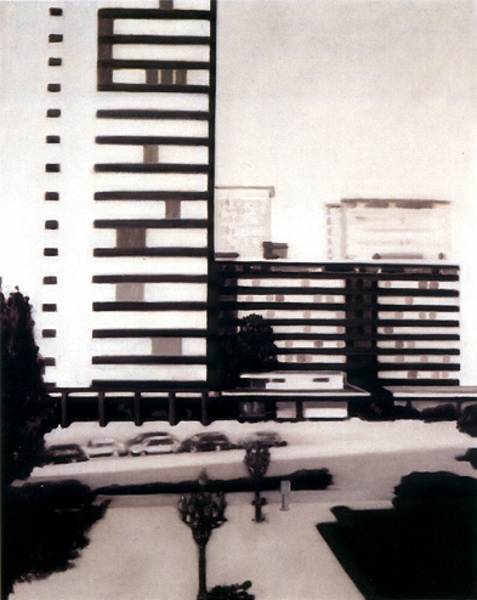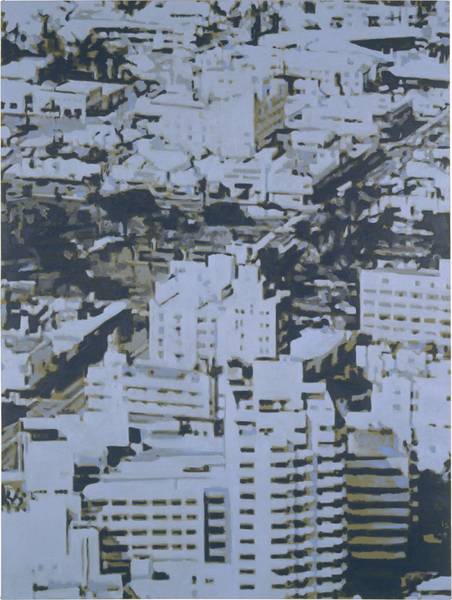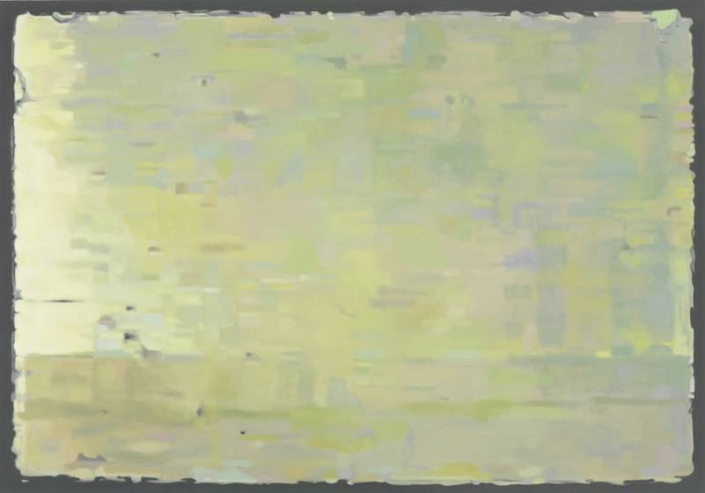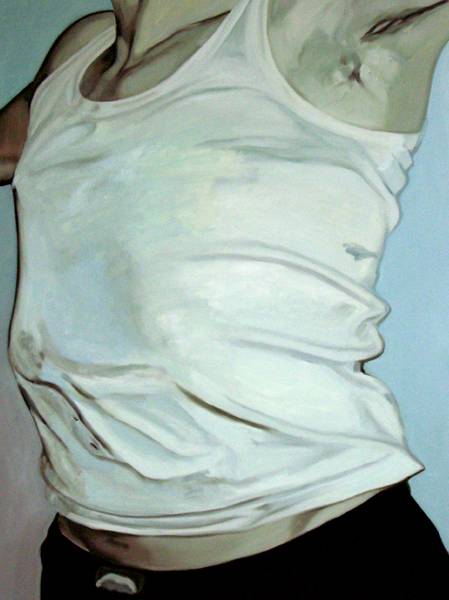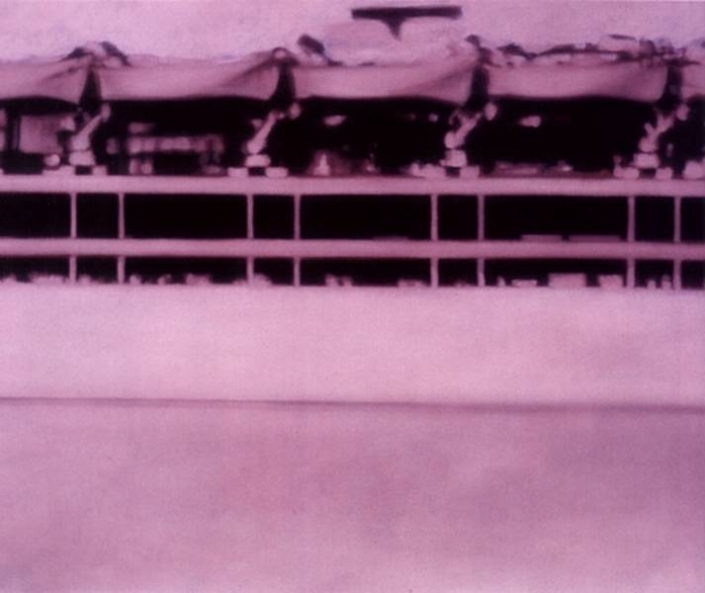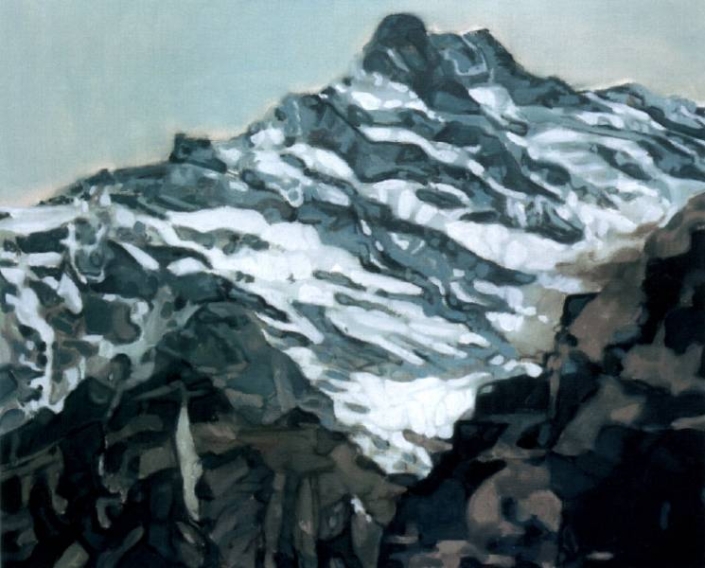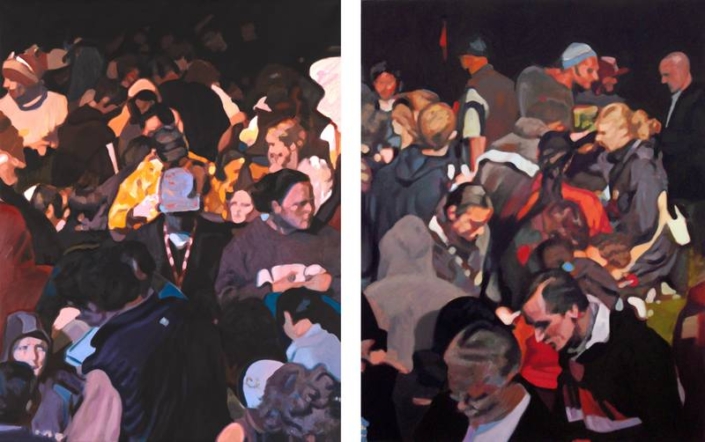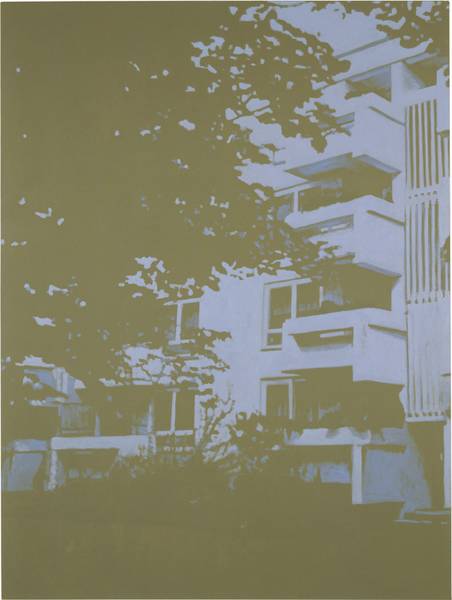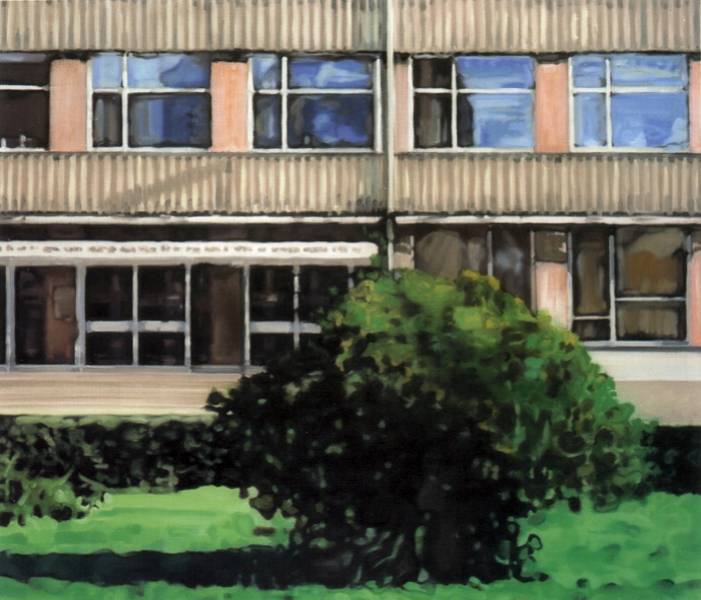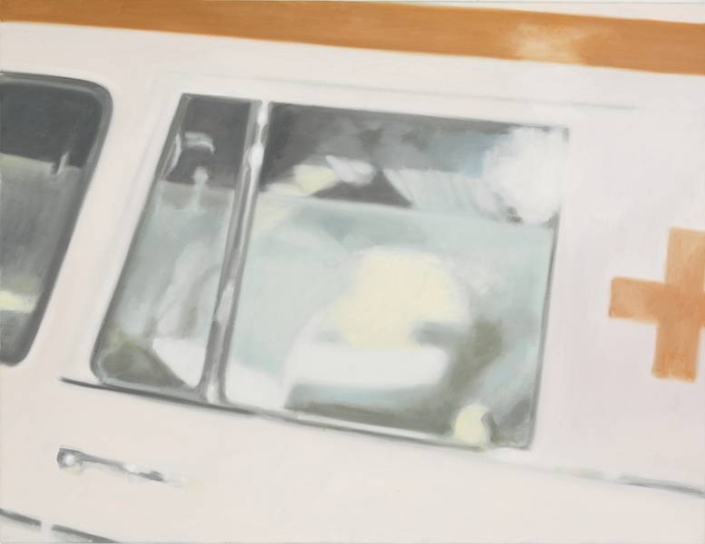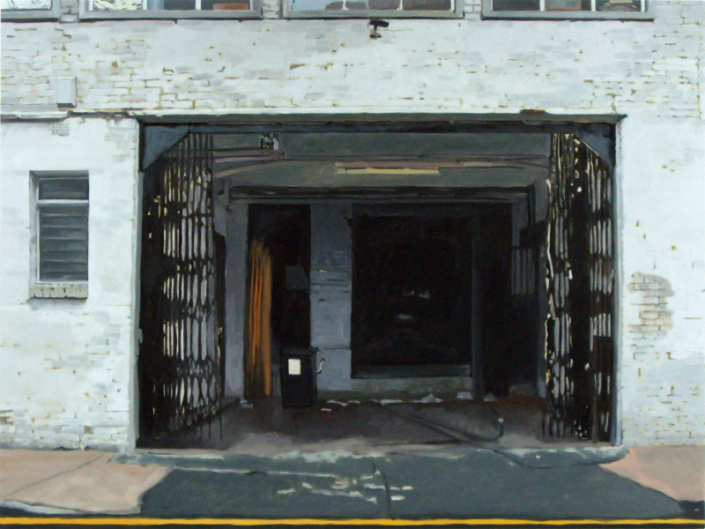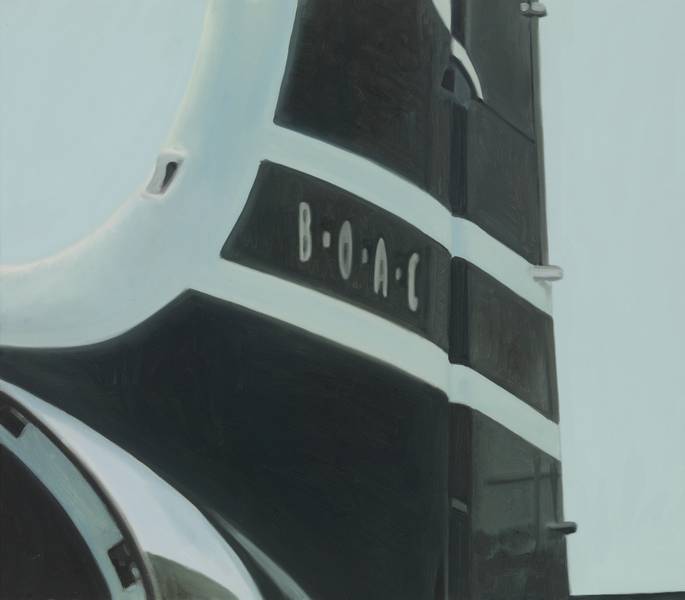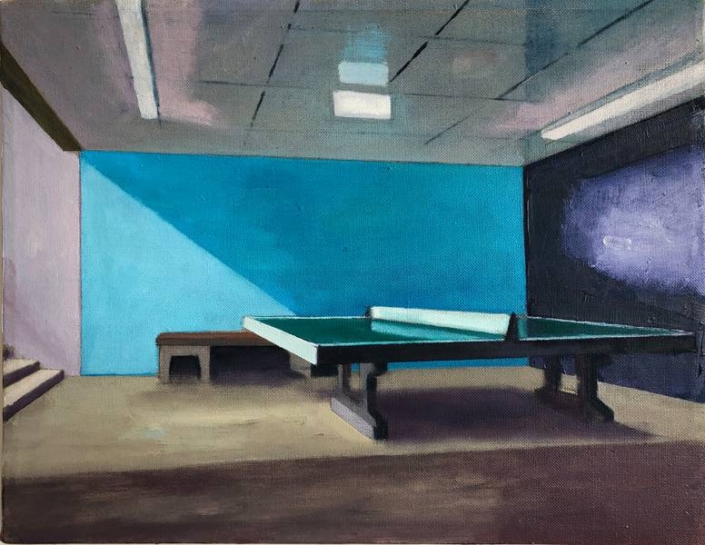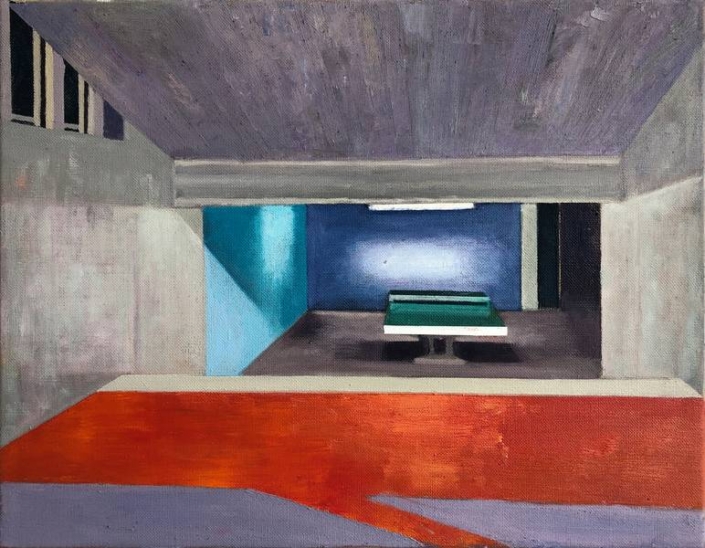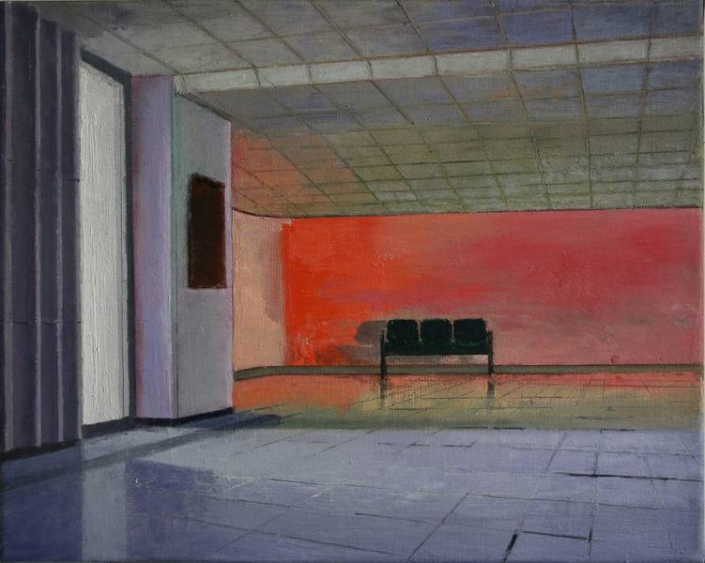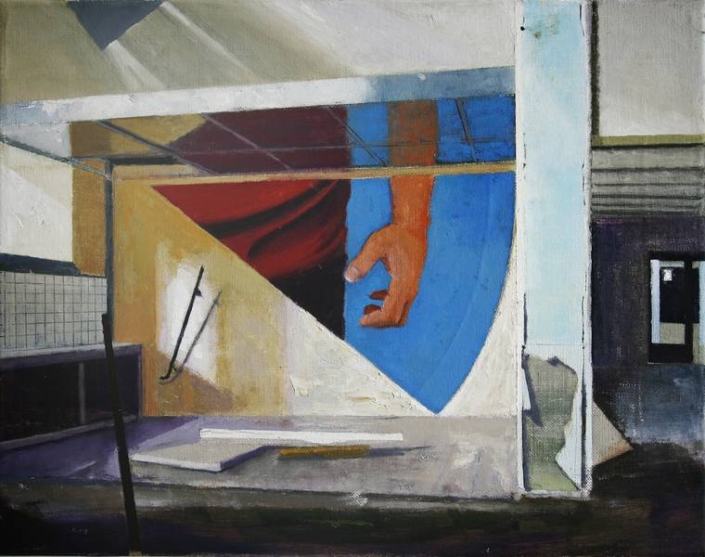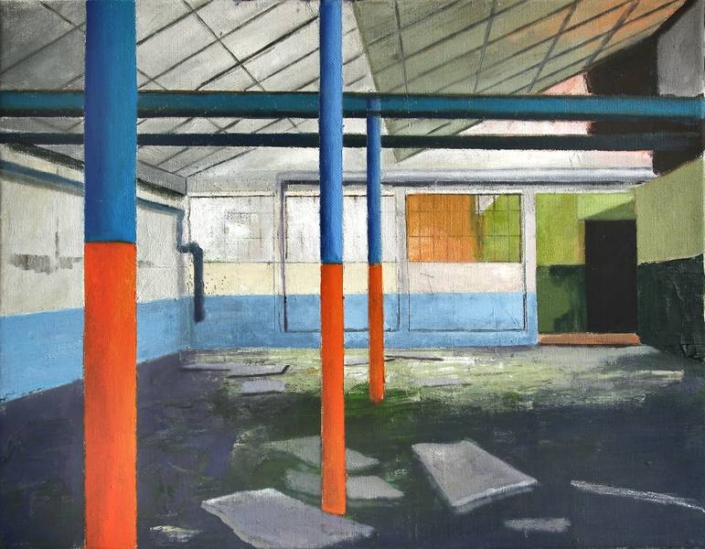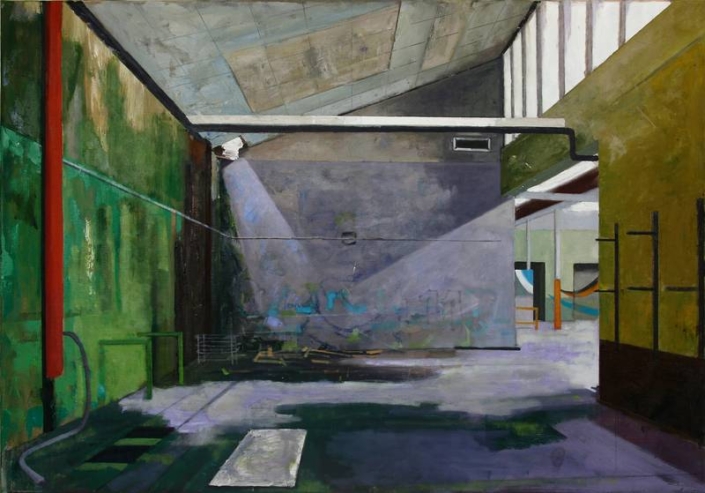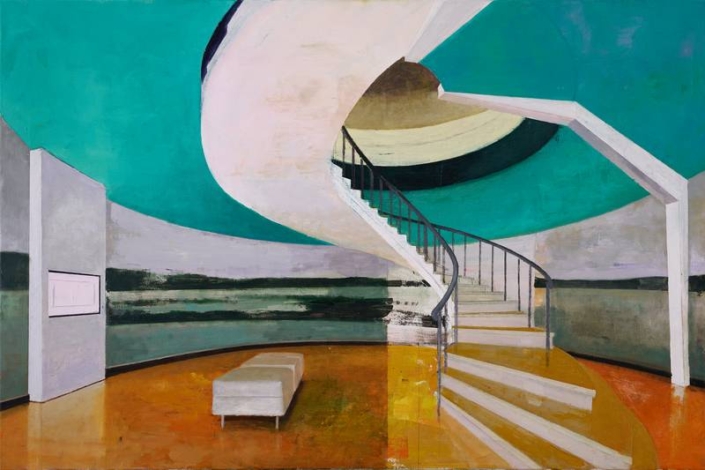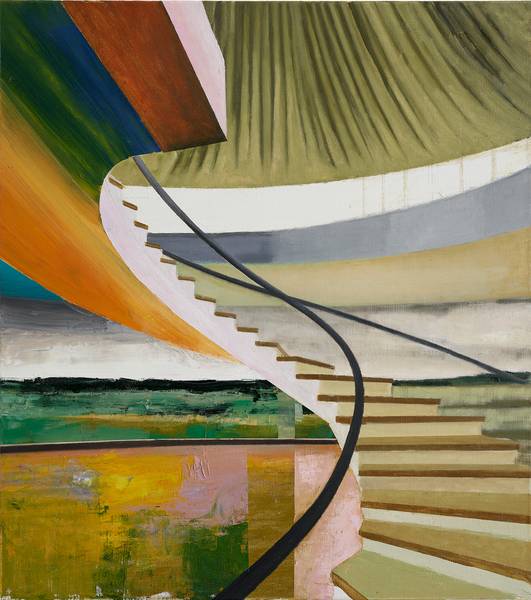Pascal Danz / Martin Kasper ‹BODY AND SPACE›
25.9. – 24.10.2020
Eröffnung: 24. September 2020, 18-20h
Pascal Danz (1961-2015) and Martin Kasper (1962) belong to the same generation of painters and knew each other personally. For the first time the two artists are exhibiting together and the visitors can discover their thematic similarities as well as their contrasting implementation in painting in the exhibition ‹BODY AND SPACE›.
Pascal Danz’s painting moves between the poles of figuration and abstraction and addresses questions of reality and the possibility of its representation. The access to reality filtered through the media served Danz as a basis. Since 1996 he has been collecting photographs from newspapers and magazines, digital images from the Internet and personal photographs, which have been the source material for his artworks and the stimulus for his painterly examination. He edited the photographic material in part digitally and subjected it to his own pictorial concept, eliminating details and thus obscuring the historical-documentary. He often chose unspectacular motifs as a basis for reflection or images that were irritating because of their dubious quality of reproduction and not necessarily intended „mistakes“, such as overexposure or the specific choice of detail. The treatment of light and its reflections runs like a red thread through his entire œuvre and has been a determining factor in Pascal Danz’s passion for the exploration of painting. Light not only serves to make things visible, but also to conceal the obvious motif through too little or too much lighting. He masterfully understood how to focus on trivialities, to fade out supposed main motifs and to include photographic features such as points of light or overexposure in a reflection on seeing and perception.
Martin Kasper has been dealing with architecture and interiors for over two decades as a painter. In a constructive way, he uses the representation of interiors as an experimental field for artistic location determinations and paints portraits of spaces. In Kasper’s spatial images, the viewer sees pictorial spaces that seem strangely familiar and thus arouse individual associations in the viewer. The painted spaces are usually deserted with a strong pull.
Through his painting, he transforms architectural spaces into scenes of emotional well-being: spaces of emptiness, intellectual freedom, moments of tense calm and atmospheres of unconventional aura emerge. By means of tricks such as reflections or refractions, the painter emphasizes the fictionality of the spatial images, which he transforms into search images and thus underlines their ambiguity. Adding something or leaving it out or manipulating the proportions, these spaces seem realistic at first glance, but on closer inspection you can see that the original architecture has been alienated to the demands of painting and the many inconspicuous shifts merge into an artificial structure through which a subjective concept of space can be seen. Just as skilful Martin Kasper illustrates the subtlety of his imagery by taking pictures of his own works in new images again. Irritating is the effect of how the painted images interact with the spaces in which they occur.

